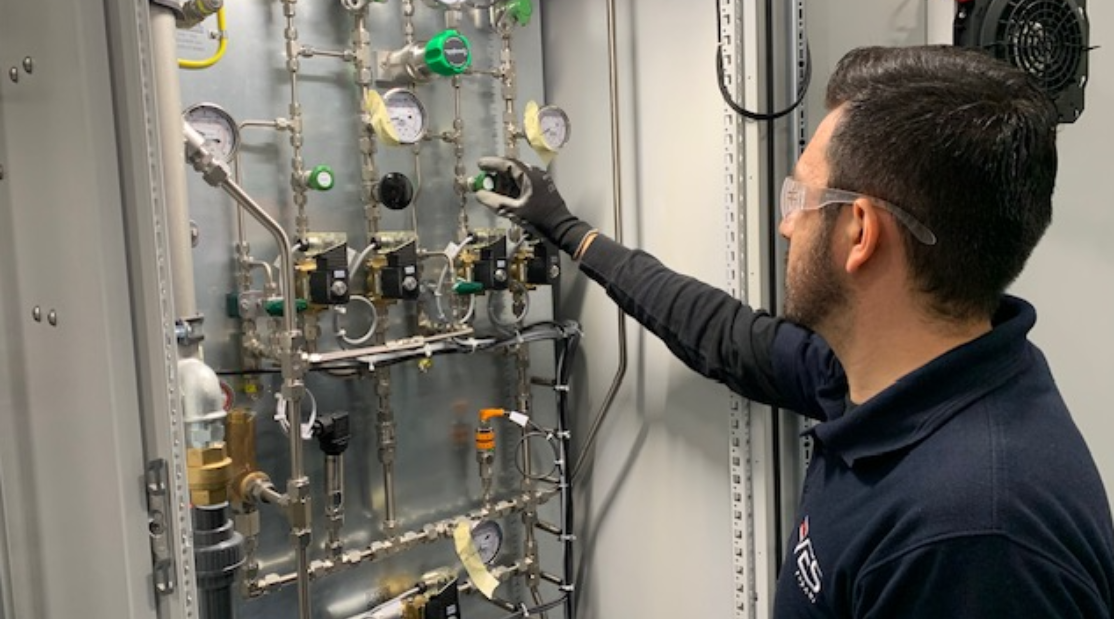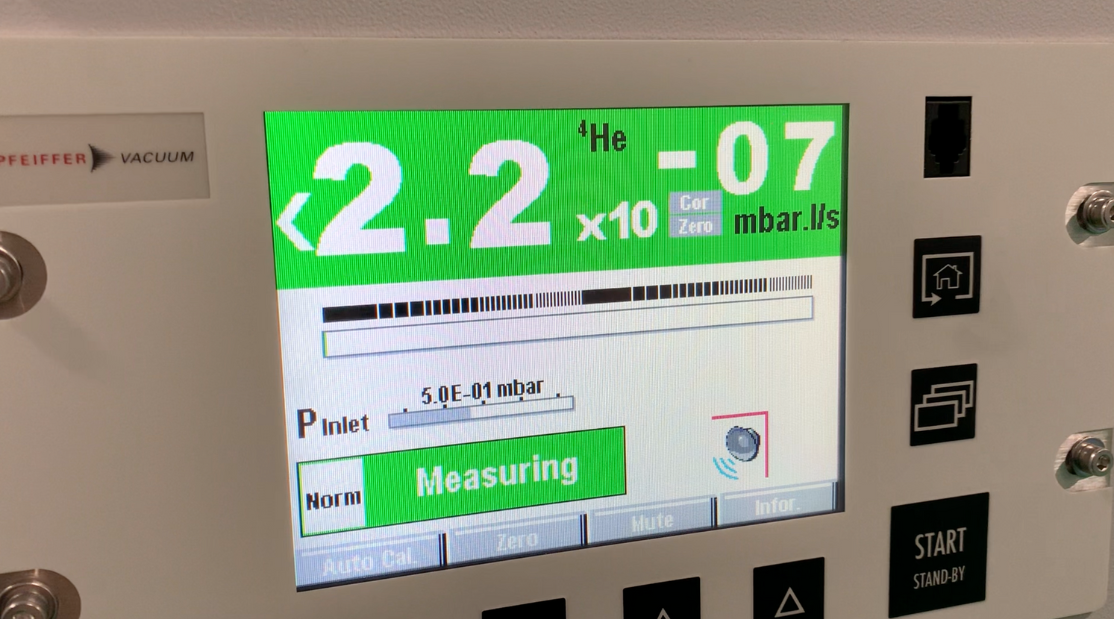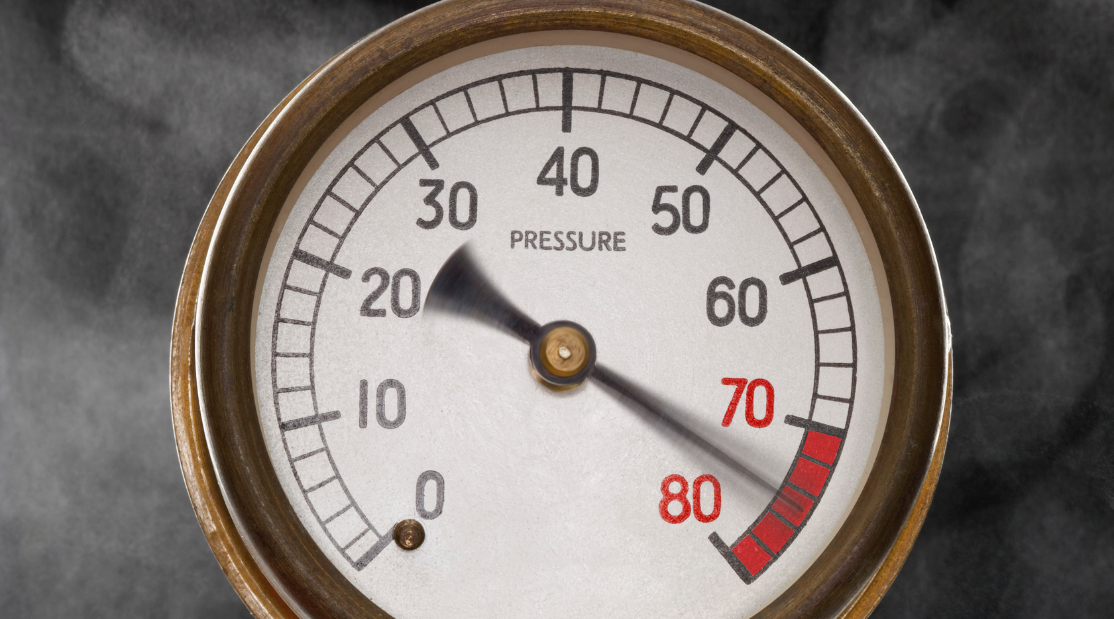In any high-precision leak testing environment, consistency is everything. You want to know that every test performed today is just as accurate as the one that ran yesterday and that it will be just as reliable next month. But over time, even the best-maintained systems can start to drift. It doesn’t always happen dramatically. More often, the shift is slow, gradual, and easy to miss until it starts costing time, quality, or confidence.
At VES, we’ve seen how catching the early signs of test drift can prevent bigger problems down the line. It’s not about running more tests, it’s about paying attention to the right indicators.
What Do We Mean by “Test Drift”?
Test drift is a slow departure from the original baseline performance of your leak test system. That could mean longer cycle times, inconsistent pass/fail results, or minor deviations in leak rate detection. It’s not a full system failure, it’s a gradual misalignment between what the test is supposed to measure and what it’s actually doing.
This kind of drift can creep in due to wear and tear, environmental changes, sensor ageing, or even operator habits. That’s why it’s important to treat leak testing as a living process, something that needs regular attention, not just when alarms go off.
Early Signs to Watch For
Here are some of the most common indicators that your system might be drifting off course:
- Subtle Changes in Test Times
If a test that used to take 22 seconds is now taking 28, that’s worth noting. A few extra seconds may not seem like much in isolation, but across hundreds of cycles a day, the cost adds up. Look for gradual increases in evacuation, venting, or stabilisation times. - Increased Variability in Test Results
Have you started seeing more parts failing for borderline leaks, or more fluctuations in leak rate readings? That could point to sensor degradation, fixture seal wear, or inconsistent test conditions. Even if the failure rate stays the same, increased spread in the data can be an early warning sign. - Repeated Manual Overrides
If operators are frequently overriding fail results, resetting alarms, or repeating tests “just to be sure,” something isn’t right. These workarounds are often a response to creeping inconsistency and while well-meaning, they can mask bigger issues. - More Frequent Recalibration or Retuning
If your team is recalibrating the system more often than usual, or having to regularly adjust pressure or flow settings, the root cause might be drift. Instead of just correcting the symptom, it’s worth stepping back to assess why those adjustments are needed in the first place. - Discrepancies Between Stations or Shifts
If one test station or one shift consistently performs differently than the others, that’s a red flag. It may be a hardware issue, or it could be related to operator setup, environmental factors, or maintenance routines.
How to Get Ahead of It
The good news is that most test drift issues can be caught early and corrected quickly—as long as you’re paying attention to the right things.
Track Your Data
Many VES systems already generate a detailed log of cycle times, pressure curves, and leak rate values. Make use of this data. Set benchmarks and regularly review them. Even a simple weekly report can help spot gradual shifts before they become serious problems.
Establish a Baseline
After installation or servicing, capture a set of known-good results across different test steps. Use this as a reference point for future comparison. Think of it as your system’s “health record.”
Standardise Operator Practices
Different operators can sometimes introduce inconsistency through habits, timing, or manual steps. Regular training, SOP reviews, and clear visual cues at the station can help reduce this variation and keep testing reliable.
Schedule Preventative Maintenance
Rather than wait for performance to degrade, create a proactive maintenance schedule. Clean filters, inspect seals, check connectors, and review sensor calibration based on usage hours. This kind of preventative work keeps everything running at expected speed and sensitivity.
Small Adjustments, Big Impact
When it comes to leak testing, minor changes often have major consequences. A small drift in pressure, timing, or data interpretation can affect not just cycle time, but product quality, traceability, and confidence in the results. By knowing what to watch for and acting early, you can stay in control of your test performance—and avoid more costly interventions down the line.
At VES, our goal is to help you get the most consistent, reliable results from your system—day in, day out. Whether you’re seeing signs of drift or just want to stay ahead of it, our team is here to support you with expert advice, service checks, and smart system improvements tailored to your line.




